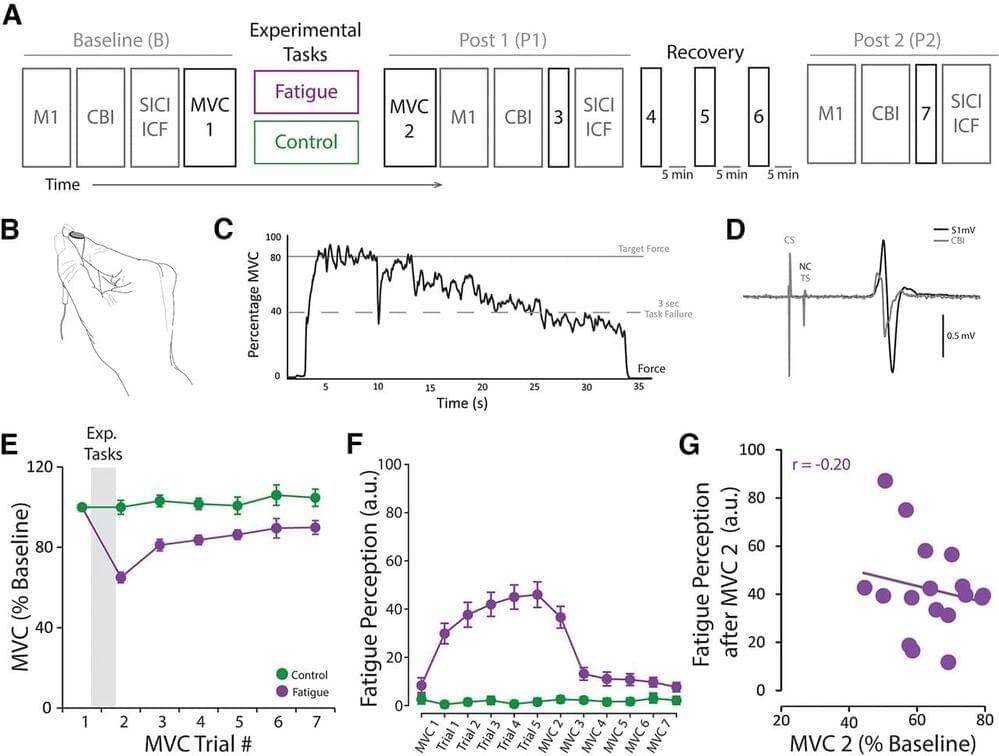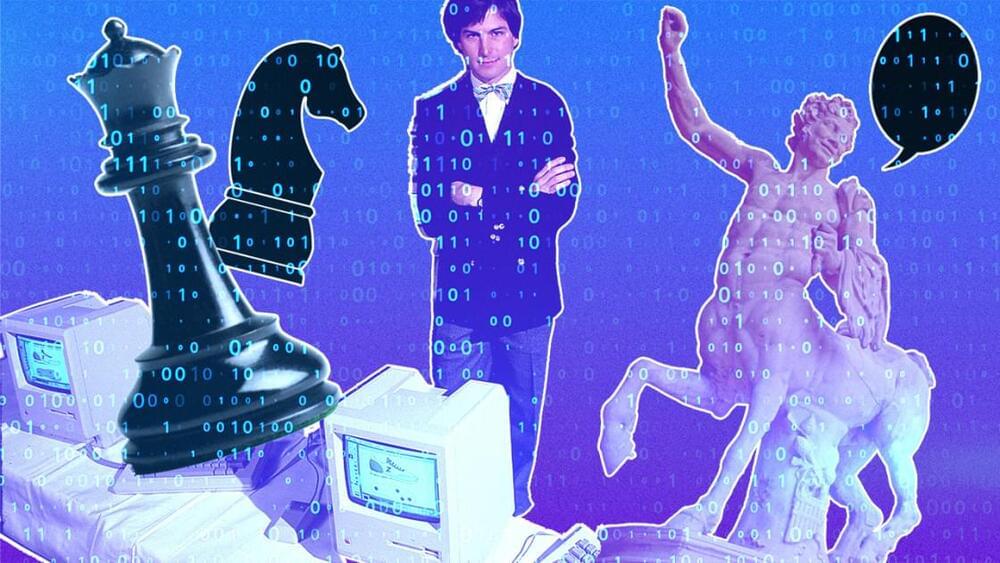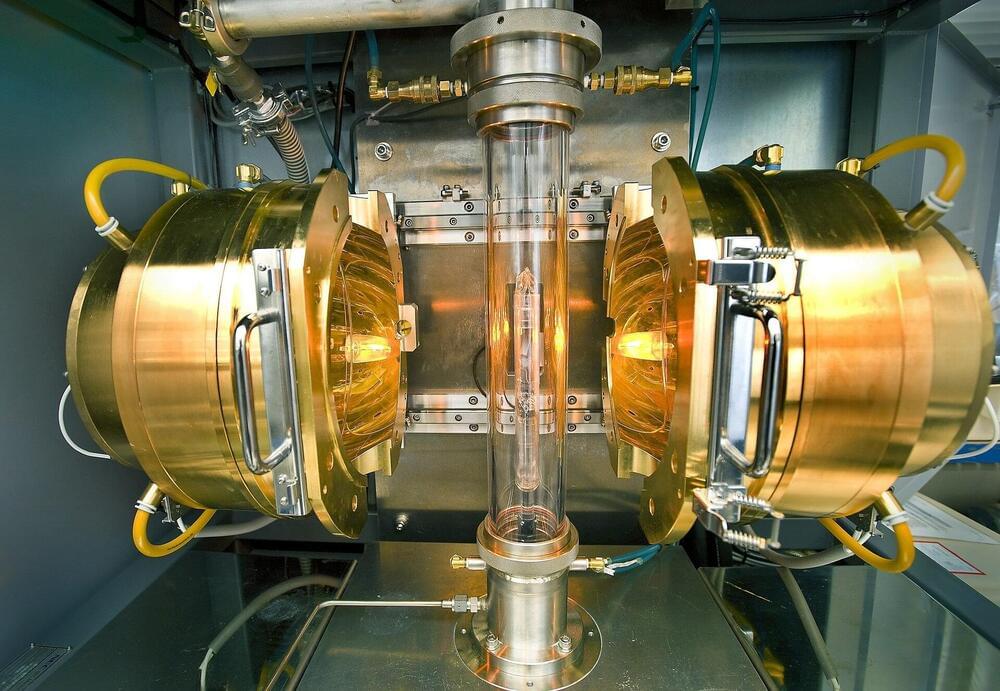Jun 23, 2023
In a first, scientists use AI to create brand new enzymes
Posted by Shailesh Prasad in categories: biological, chemistry, robotics/AI
In a scientific first, researchers have used machine learning-powered AI to design de novo enzymes — never-before-existing proteins that accelerate biochemical reactions in living organisms. Enzymes drive a wide range of critical processes, from digestion to building muscle to breathing.
A team led by the University of Washington’s Institute for Protein Design, along with colleagues at UCLA and China’s Xi’an Jiaotong University, used their AI engine to create new enzymes of a kind called luciferases. Luciferases — as their name implies — catalyze chemical reactions that emit light; they’re what give fireflies their flare.
“Living organisms are remarkable chemists,” David Baker, a professor of biochemistry at UW and the study’s senior author, said.


















